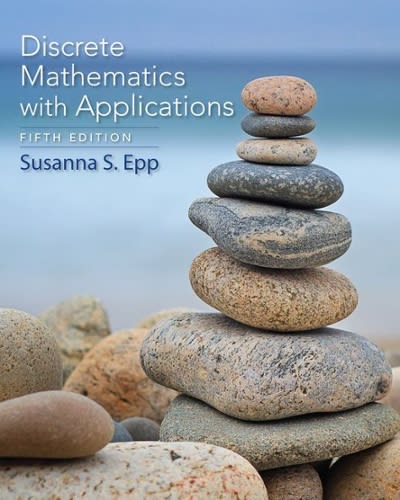Question
Question: In the article by Gadd and Phipps (2012), they refer to the challenges faced by psychological and, specifically, neuropsychological assessment. Their study focused on


Question:
In the article by Gadd and Phipps (2012), they refer to the challenges faced by psychological and, specifically, neuropsychological assessment. Their study focused on a preliminary standardisation of the Wisconsin Card Sorting Test (a non-verbal measure) for Setswana-speaking university students. The US normative sample is described as participants (N = 899) from both genders who were screened beforehand to exclude individuals with a history of neurological, learning, emotional and attention difficulties. The South African sample consisted of university students (N = 93) from both genders, between the ages of 18 and 29, who were screened in terms of hearing and visual impairments and any history of psychiatriceurological difficulties. The latter was done to prevent contamination of the results by these variables. The students were from the University of Limpopo, Medunsa Campus. Answer Questions 1 to 5.
Question 5
Gadd and Phipps (2012) found that the results of the South African sample on the Wisconsin Card Sorting Test did not resemble a normal distribution and could not be converted to a normal distribution. This implies that the ...
(1) mean performance of this sample cannot be calculated
(2) standard deviation will differ below and above the mean
(3) mean and standard deviation do not provide a predetermined distribution of performance
(4) results cannot be replicated
Would 1 be the correct answer?



Step by Step Solution
There are 3 Steps involved in it
Step: 1

Get Instant Access to Expert-Tailored Solutions
See step-by-step solutions with expert insights and AI powered tools for academic success
Step: 2

Step: 3

Ace Your Homework with AI
Get the answers you need in no time with our AI-driven, step-by-step assistance
Get Started


